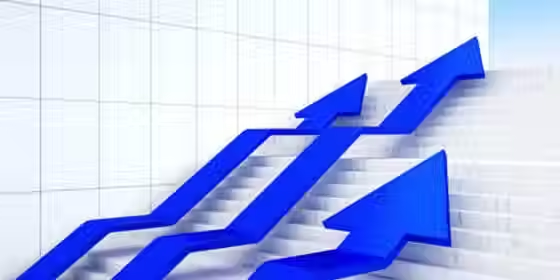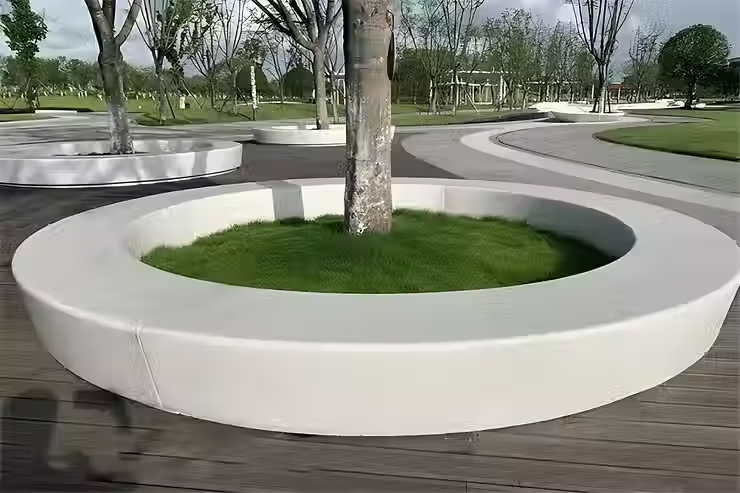Global Market Outlook: AR Glass Fibers in Civil Infrastructure
- pioneerfiber

- Jul 29
- 3 min read
Updated: Nov 14
Abstract
Explore the expanding role of alkali-resistant (AR) glass fibers in civil infrastructure and their growing influence across global construction markets. This article analyzes key trends, regional demand drivers, and future opportunities shaping the use of AR fibers in GFRC, GRC, bridge components, and rehabilitation projects.
Introduction: The Strategic Importance of AR Glass Fibers in Modern Infrastructure
As urbanization accelerates and aging infrastructure demands renewal, engineers and contractors are turning to advanced materials that offer durability, cost-efficiency, and long-term performance. Among these, alkali-resistant (AR) glass fibers have emerged as a critical component in fiber-reinforced concrete systems used for bridges, tunnels, drainage structures, and façade systems.
Their ability to withstand high-pH environments while maintaining tensile strength makes them ideal for cementitious applications where traditional steel reinforcement may corrode or fail prematurely.
In this article, we examine the global market outlook for AR glass fibers in civil infrastructure, exploring how regional dynamics, regulatory standards, and evolving construction practices are shaping adoption trends.

See how we’ve helped projects around the world succeed. [View projects]
Understanding the Role of AR Glass Fibers in Civil Infrastructure
Before diving into market projections, it’s essential to understand why AR glass fibers are uniquely suited for civil engineering applications.
Key Properties Driving Adoption:
High alkali resistance: Engineered with ≥16.5% ZrO₂ to resist degradation in cement-based composites.
Tensile strength retention: Maintains over 90% strength after long-term immersion in alkaline solutions.
Corrosion resistance: Eliminates rusting issues associated with steel rebar.
Flexural reinforcement: Enhances crack control and impact resistance in thin-section elements.
Lightweight performance: Enables prefabrication and faster installation in complex structures.
These characteristics make AR glass fibers in civil infrastructure a preferred alternative to conventional reinforcement in both new builds and retrofitting projects.
How AR Fibers Improve Concrete Durability in Aggressive Conditions
Civil infrastructure often operates under harsh environmental conditions—coastal exposure, chemical ingress, freeze-thaw cycles, and industrial pollution.
AR fibers contribute to enhanced durability by:
Reducing micro-cracking
Preventing spalling under thermal stress
Improving flexural strength without increasing weight
Supporting sustainable material use through reduced maintenance needs
This performance edge is particularly valuable in regions prone to extreme weather events and rising sea levels.

Contact us for samples, consultations, and tailored solutions. [Contact us]
Regional Market Trends Shaping the Future of AR Glass Fibers in Civil Infrastructure
The global demand for AR glass fibers in civil infrastructure is being driven by several key markets, each with its own set of growth factors and challenges.
North America: Renewal and Resilience
The U.S. and Canada are investing heavily in infrastructure modernization under federal programs like the Bipartisan Infrastructure Law. These initiatives prioritize materials that extend service life and reduce lifecycle costs—making AR fiber-reinforced concrete an attractive choice for:
Bridge deck overlays
Tunnel linings
Stormwater management systems
Europe: Standards and Sustainability
European countries continue to lead in green building codes and high-performance material specifications. EN 14196 and ISO 21775 standards ensure consistent quality in AR fiber production, driving widespread use in:
Pedestrian bridges
Urban furniture
Architectural cladding on public buildings
Asia-Pacific: Rapid Urbanization and Climate Challenges
Countries like China, India, and Indonesia are experiencing rapid urban expansion and increased climate-related stress on infrastructure. As a result, governments are adopting fiber-reinforced concrete solutions to enhance resilience in:
Coastal defenses
Drainage channels
Elevated transit systems
This region is expected to see the fastest growth in AR glass fiber usage in civil infrastructure over the next decade.

Find the perfect solution for your concrete project. [Explore solutions]
Emerging Markets and Opportunities for Expansion
Beyond established regions, emerging economies in Africa, Latin America, and Southeast Asia are beginning to adopt fiber-reinforced concrete technologies. While adoption is slower due to limited local manufacturing capacity and awareness, partnerships with global suppliers like Pioneer Fibre are helping bridge the gap.
Key sectors poised for growth include:
Affordable housing with durable exterior finishes
Flood protection infrastructure
Seismic-resistant precast elements
Final Thoughts: Why Investing in AR Fiber Technology Makes Sense for Global Infrastructure
With infrastructure spending projected to exceed $10 trillion globally by 2030, the demand for durable, low-maintenance materials has never been higher. Alkali-resistant glass fibers offer a compelling value proposition—combining structural performance with longevity, especially in aggressive environments.
At Pioneer Fibre, we supply high-quality AR fibers engineered to meet international standards, ensuring reliable performance across GFRC, GRC, and structural concrete applications. As governments and private developers seek resilient, cost-effective solutions, our products provide the foundation for smarter, more sustainable infrastructure development.
Explore PIONEER’s range of concrete reinforcement fibers and how they improve concrete properties. Visit our website: www.pioneerfibre.com
Micro fiber >> Learn More
Macro fiber >> Learn More
Steel fiber >> Learn More
Asphalt fiber >> Learn More
Contact us today to request samples, technical data, or a custom solution for your project.
Email: Sales@pioneerfibre.com | Email: Support@pioneerfibre.com
WhatsApp: +1 (929) 569-9989 | +86 151-6240-5106





Comments